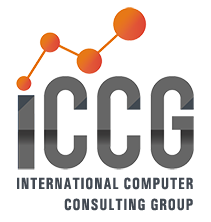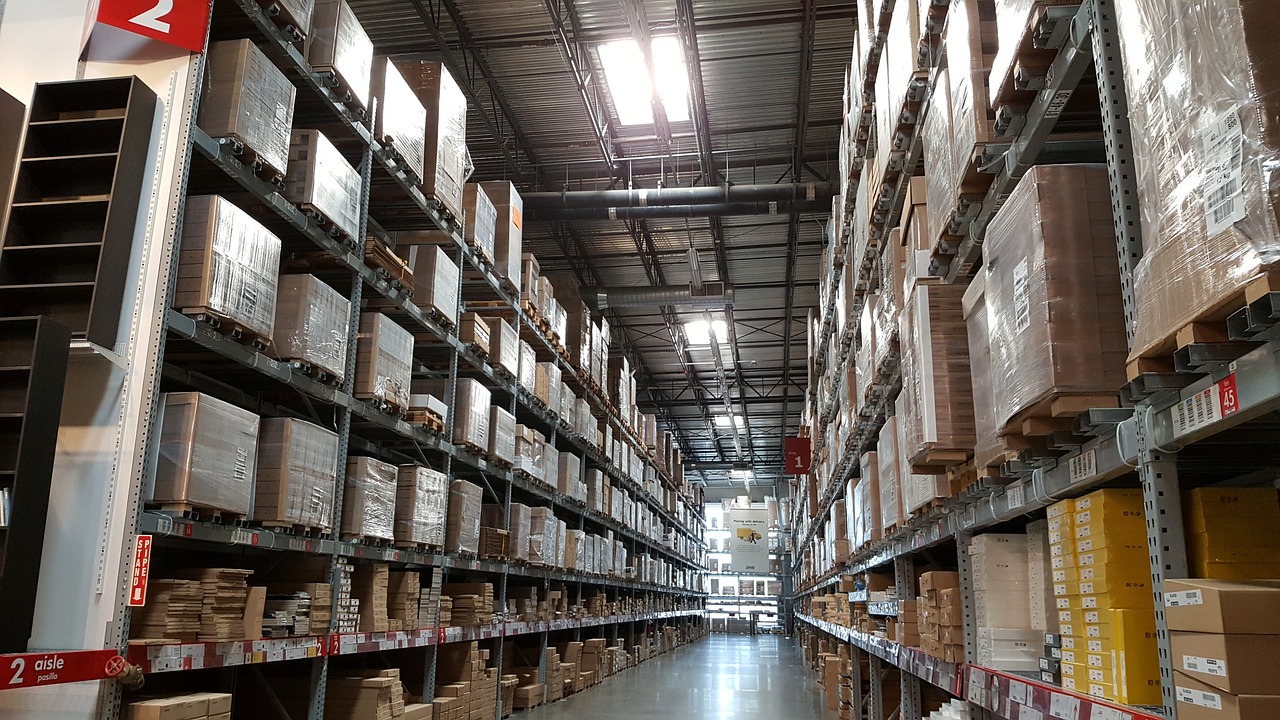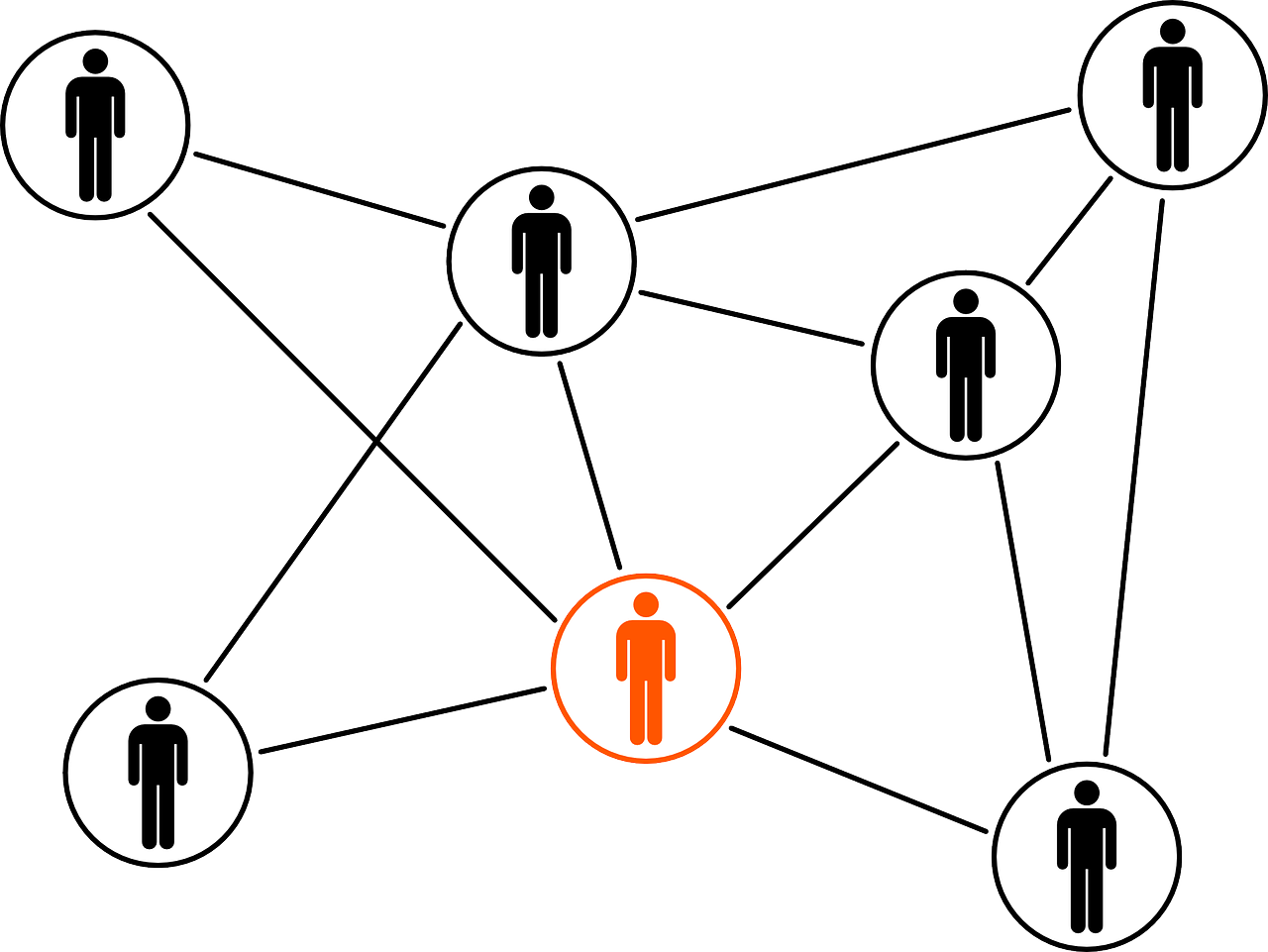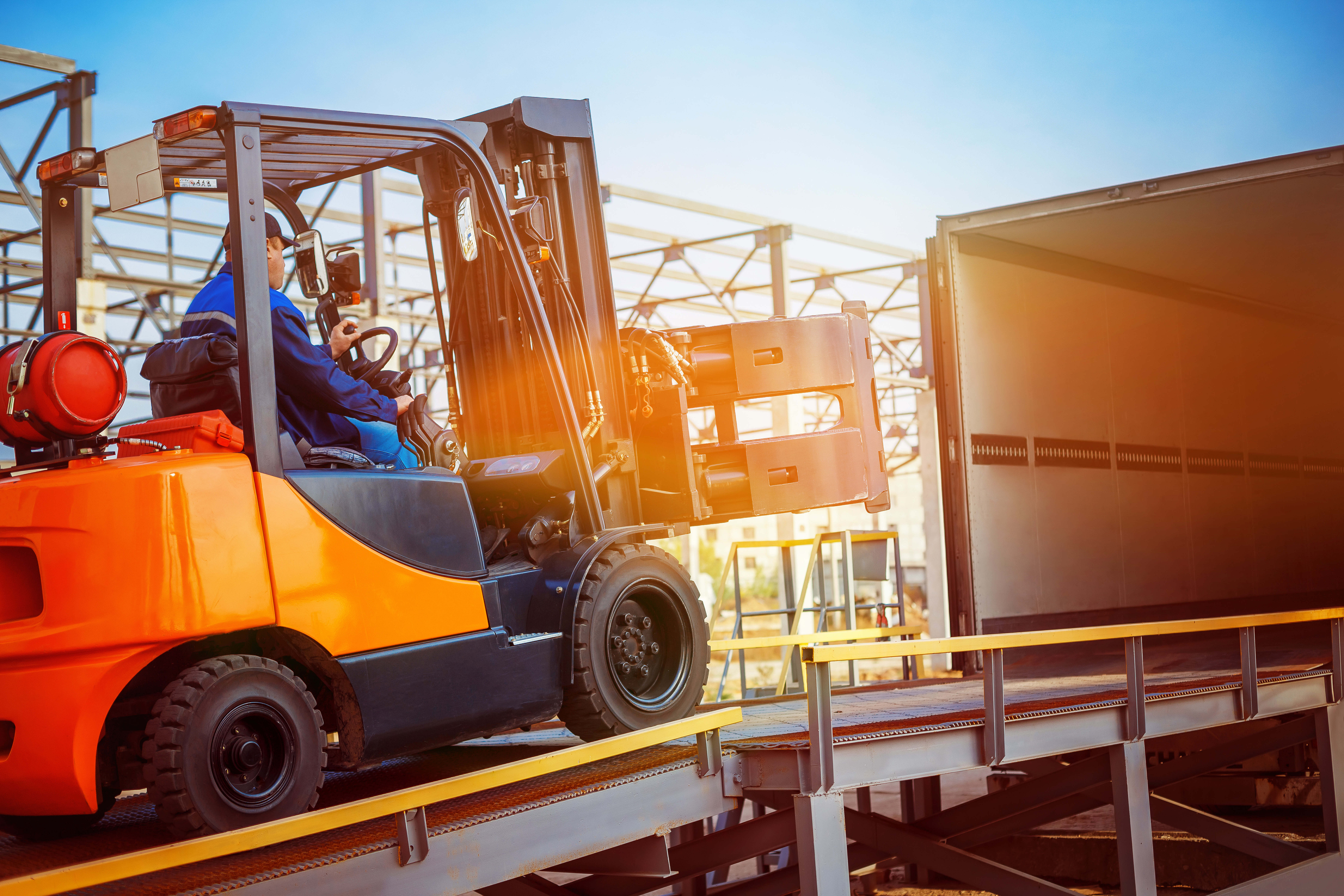The complexities of running a business with enterprise resource planning software aren’t lost on today’s executives. But ERP is at the center of everything a company does. It tackles the core tasks of managing and integrating core business processes in real-time. The enterprise software typically addresses project management, scheduling, procurement, production, sales, order management, distribution, billing, shipping, logistics, and supply chain management.
eWeek released a list of their “Top 10 Enterprise Resource Planning Software Providers." If you haven’t seen the article yet you can read it here.










